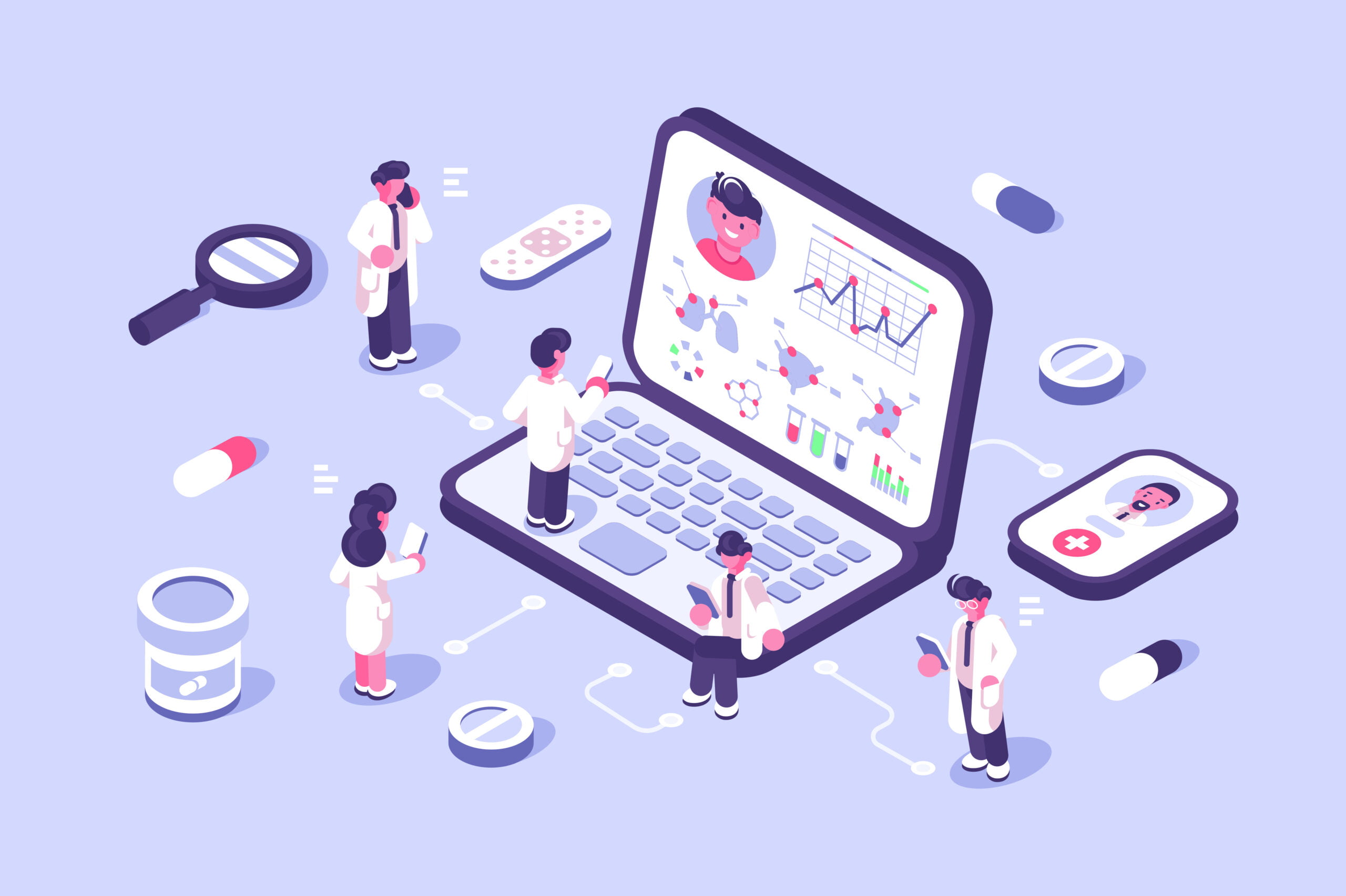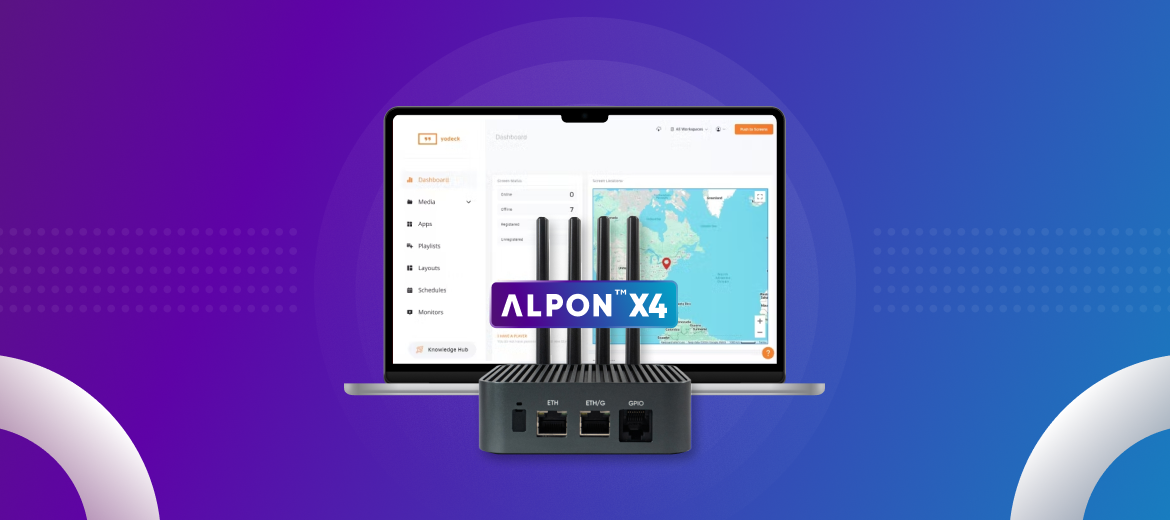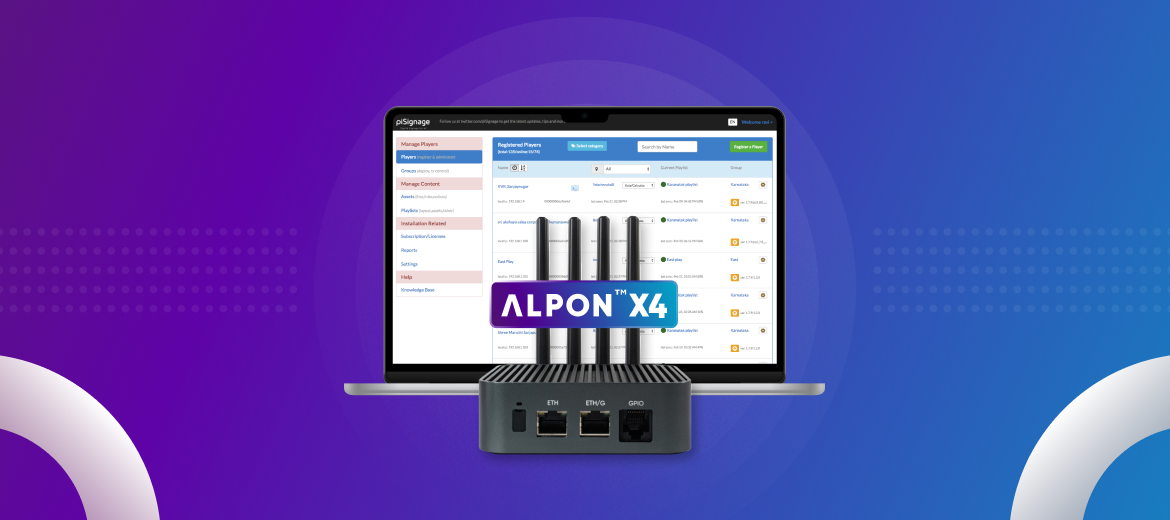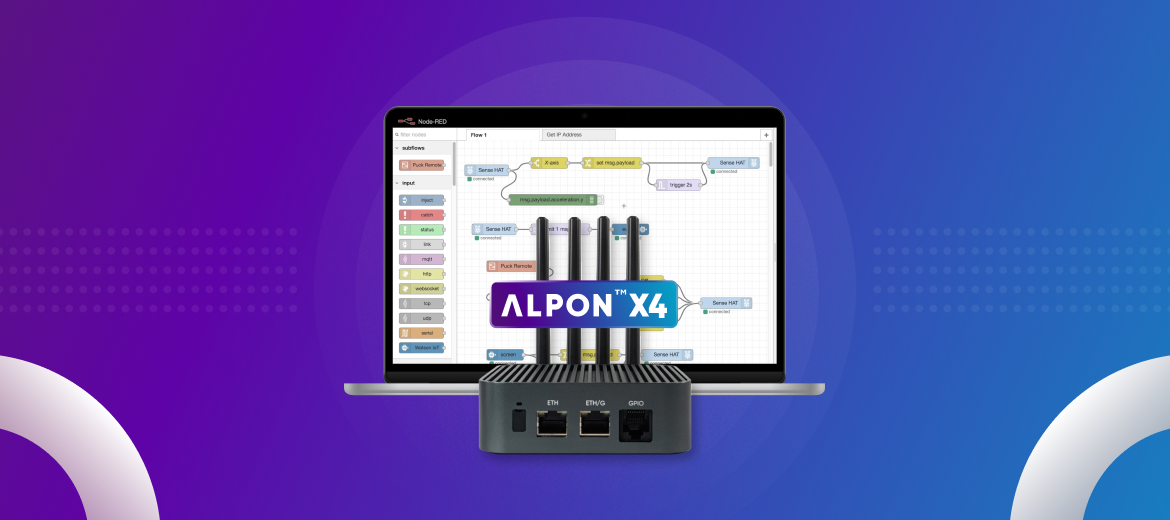Medicine and technology have always moved in harmony, with companies like Sixfab orchestrating key steps of the progression. The COVID-19 pandemic not only intensified concerns about viral health but also underscored the importance of virtual doctor visits and self-reliant health gadgets. In these changing rhythms, the medicine/technology dance becomes ever more intricate. Our increasing reliance on tech sees us sporting wristbands that alert us to heart irregularities in real-time. Amid this tech surge, edge computing, a domain where Sixfab shines, emerges as the game-changing DJ. What’s the underlying beat of this transition? A demand for immediacy. Telehealth’s rise and the data deluge from our devices mandate faster processing. No longer content with data traveling to far-off servers, we’re leaning into edge computing which, much like Sixfab’s vision, places emphasis on localized, immediate processing. It’s akin to embedding a mini-doctor in our gadgets, offering insights in real-time. Beyond mere technological evolution, this is a paradigm shift in healthcare delivery.
Edge computing’s essence in healthcare lies in its decentralized approach. Instead of relying on cloud-based central servers, which can introduce latency due to data transport and can bottleneck during peak loads, edge devices utilize localized processing power. This paradigm shift facilitates healthcare IoT devices to operate within the constraints of limited bandwidth, ensuring efficiency even with voluminous real-time data streams.
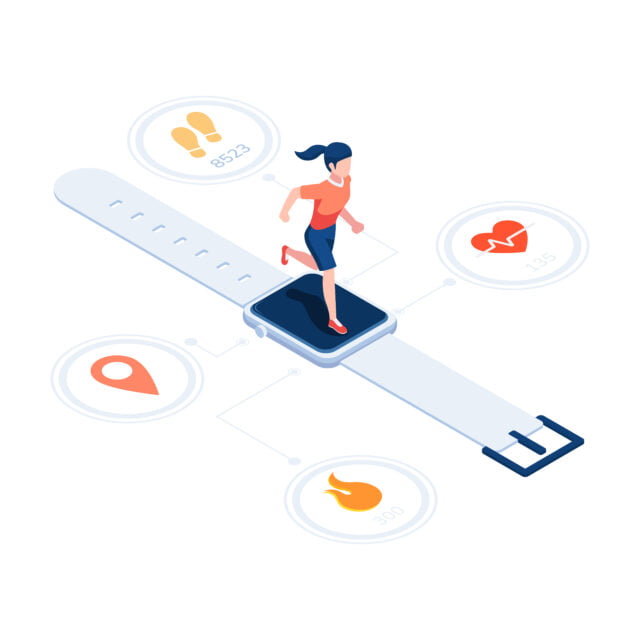
What is Edge Computing?
Edge computing is not a technology, it’s the architecture of a type of technology. Specifically, it’s the shift away from big data being processed on a central server and instead localized data right at its source. Like on a smartphone, sensor, or something else you use.
Edge Computing can be likened to a librarian who sorts and categorizes books right as they’re returned, instead of sending them to a central hub for sorting. In the realm of digital networks, rather than dispatching heaps of data miles away to large data centers, this approach advocates for immediate, on-site processing — be it on a gadget in your pocket or a device on a factory floor. By managing data near its birthplace, we see snappier actions, efficient bandwidth usage, and an uptick in real-time application performance. It’s essentially a strategic shift, moving some digital legwork closer to where the action happens.
Edge Computing Applications In Remote Patient Care
In the vast world of healthcare, amid the shifting technologies and trends, there’s a timeless mantra every healthcare professional abides by: “Patient first, always.” Now, technology’s gotten a serious upgrade, and edge computing’s at the forefront, making “house calls” the norm, but digitally. Real-time data processing for healthcare with edge computing is transforming how we view patient care. Take, for instance, wearable ECG monitors — these nifty edge devices can record every heartbeat, and if they detect irregularities, they send an instant alert to both the wearer and their physician. Edge Computing benefits in remote patient monitoring are evident with such advancements. Or consider smart insulin pens, and IoT marvels that adjust doses based on real-time glucose monitoring.
Another example lies in the sophisticated arena of genomics, where high-throughput sequencing (HTS) technologies generate vast amounts of data. Historically, raw sequencing reads from instruments, such as Illumina’s HiSeq or NovaSeq, would be offloaded to a central data center. This equates to a substantial data transfer, often entailing terabytes of intricate data. Once transitioned to a central system, these reads align to a reference genome using tools like BWA or Bowtie. The subsequent variant calling is then executed with software suites like GATK or Samtools.
Edge computing introduces a more streamlined approach. Primary procedures like base calling, which translates raw electrical signals from sequencing machines into nucleotide sequences, now occur directly on-site. Moreover, initial read filtering, extraction of quality control metrics, and even the preliminary alignment can be handled by edge devices. By managing these tasks locally, the volume and complexity of data transferred to primary servers are drastically diminished. This localized approach not only accelerates the overall process but also decreases associated data storage and transfer costs. Such an integration within genomic data pipelines signifies more than just enhanced efficiency; it’s a shift from the ‘sequence first, analyze later’ model to a synchronized ‘sequence and analyze’ approach, propelling personalized medicine into a new era. (Daniele D’Agostino, Lucia Morganti, Elena Corni, Daniele Cesini, Ivan Merelli, 2023)
Smart Insulin Pens Are Life-Changing Technology
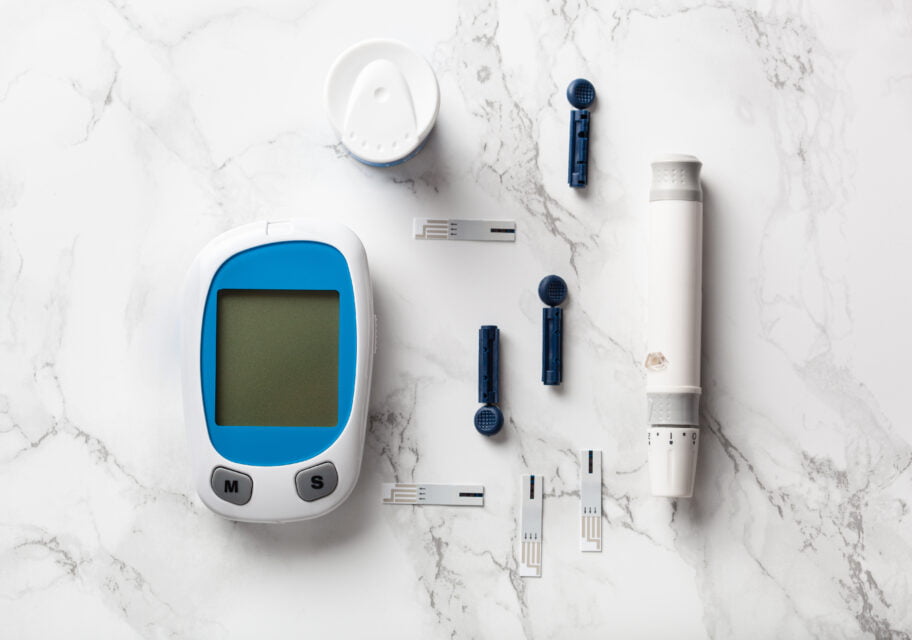
However, as with every silver lining, there’s a cloud. The influx of these devices means there’s a huge strain on data management and potential security vulnerabilities. Despite these challenges, there’s no denying it: the combo of edge and IoT in healthcare is like a well-coordinated waltz, bringing care to the patient’s doorstep (or wrist) in real-time, making the gap between patient and doctor feel virtually non-existent.
An idealized view of the future of patient care that relies on edge computing is one in which your health is essentially monitored at all times, except without taxing either your wallet or your doctor’s time, and requiring your doctor only to intervene when necessary. This might mean that checkups are essentially a thing of the past, as you have “a checkup equivalent” literally every day of the week.
Or beyond that, ever been caught in traffic and seen an ambulance, sirens blaring, trying to weave through? Now, picture this: an ambulance that’s not just racing, but thinking on the go. With edge computing, the ambulance becomes more than a transport — it’s a mini-hospital on wheels. As soon as a patient is onboarded, real-time monitoring kicks in. Vital signs are tracked, instant analyses performed, and crucial info is sent ahead to the ER. Heck, the traffic lights could even sync up, turning green as the ambulance approaches. And imagine video-calling a specialist while on the move, getting life-saving advice before the hospital’s even in sight. It’s like having an entire medical team, and a traffic cop, right there in the ambulance. In emergencies, every second is precious, and with a tech-boosted ambulance, we’re buying more of those seconds.
Benefits of Edge Computing In Medical Research
As much as the previous section was about a lack of centralized data, what edge computing does mean is potentially masses and masses of data on literally every human being on earth. For research purposes, this is entirely unprecedented.
Edge analytics in healthcare: Improving data insights. Ever taken a moment to wonder how medical miracles come about? It’s often a lot of nerdy brainpower backed by mind-blowing tech. Enter edge computing: the unsung hero making researchers’ lives a smidge easier. Already, things are changing – quicker MRI results and lightning-fast disease detection, to name a few. But that’s just scratching the surface. Insiders are whispering about what’s next: rapid DNA breakdowns or maybe even early, early warnings on potential health snags. And let’s dream big for a sec. If edge computing takes over, who’s to say we won’t be spotting health hiccups based on, say, our daily habits? This isn’t just fast tech; it’s like giving our doctors a crystal ball.
How Edge Computing Enhances Healthcare Data Security
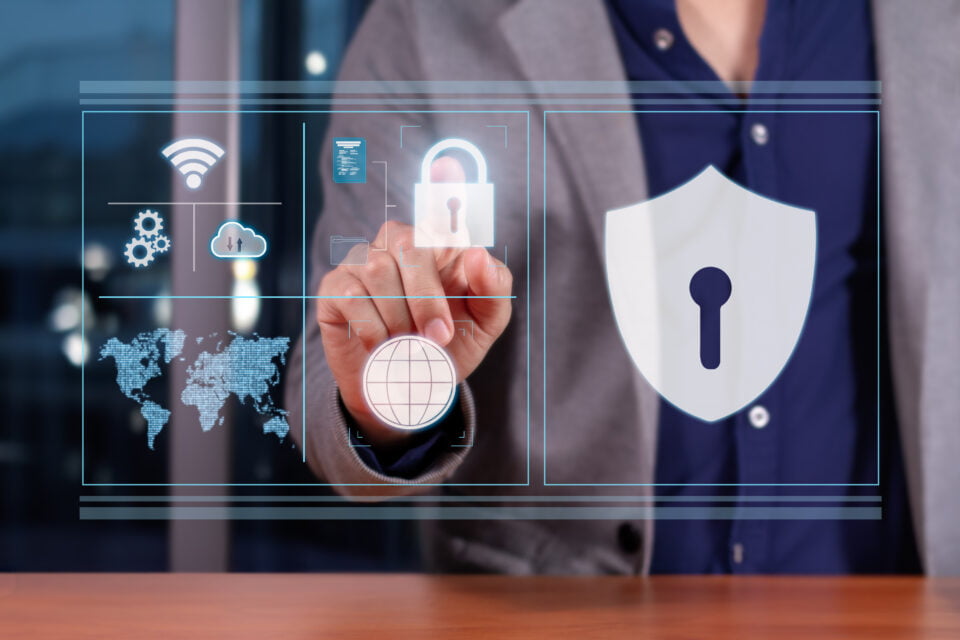
Have you ever been wary of sharing personal stuff online? Now, imagine it’s not just your favorite pizza topping but your entire medical history. Scary, right? In the age of Skype doctors and virtual check-ups – a trend that skyrocketed during health crises like the big pandemic – guarding that goldmine of info is crucial. Here’s where edge computing shines like a digital knight in armor, with real-time data processing for telemedicine using edge computing. Instead of sending data on a cross-country trip through possibly dodgy networks, it handles things at home, right at the device. Think of it like discussing your secret pizza preference in a hushed chat at your doorstep rather than yelling it across the neighborhood. And for doctors, this isn’t just about keeping secrets. With data at their fingertips in real-time, they can spot that allergy or irregular heartbeat almost instantly. It’s tech, but with a sprinkling of magic, ensuring both safety and speed.
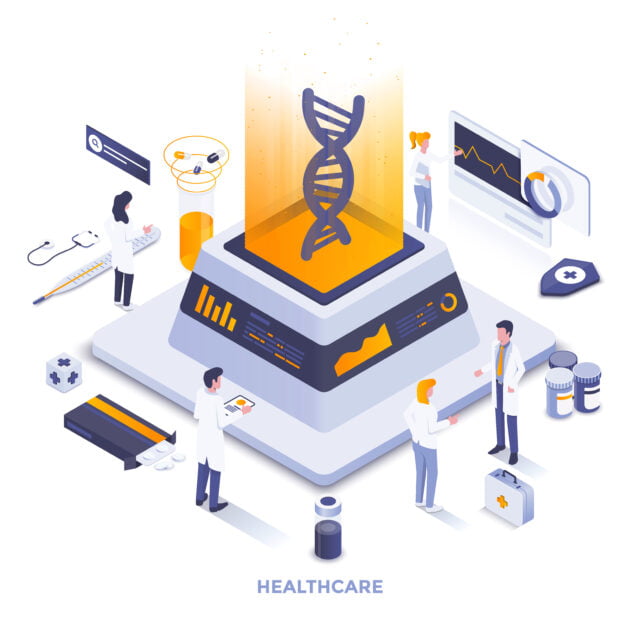
Integrating IoT and Edge Trends
IoT devices and edge computing for personalized patient care: Ever paused to marvel at how your phone, watch, and even your fridge seem to be chatting like old pals these days? That’s the magic of the “Internet of Things” or IoT. In simple words, it’s like every gadget is part of a massive group chat, sharing and receiving info. Now, imagine that, but with medical gadgets. Implementing edge computing in medical IoT networks is transforming this dynamic.
That’s where edge computing jumps into this group chat. Instead of every device shouting out data and overwhelming the main computer (imagine a bunch of chatterboxes in one room), edge computing is like the wise elder, processing stories right at the source, and only sharing the juicy bits. This tech mash-up is making waves, big time. Like, picture your heart monitor sending real-time stats to your doctor’s smartwatch with edge devices for continuous patient monitoring in healthcare, or your insulin tracker syncing with your pharmacy, all at warp speed.
As for the future? We could be looking at a world where your jog on the treadmill gives instant feedback to your physio, or where your sleep tracker directly influences the lighting in your room. It’s not just about faster gadgets but crafting a world where health tech feels more like an intuitive buddy than cold, hard machinery.
Key Takeaways
In today’s digital epoch, the interplay of edge computing within our health systems, reinforced by trailblazers like Sixfab, marks a significant evolution in the blend of tech and caregiving. As we witness the mounting influence of edge computing trends in the healthcare sector, championed by industry leaders like Sixfab, it’s evident that these advanced devices are no longer auxiliary. They’re vital in promptly capturing and responding to health anomalies, standing as guardians between wellness and potential crises. The pivot to local data management, a cornerstone of Sixfab’s mission, isn’t just smart—it’s a safeguard, a buffer ensuring our most personal details stay personal, even in an age of widespread telehealth. The promise of edge analytics in medical research also paints an optimistic picture, hinting at swifter, more intuitive paths to health innovations. And with IoT joining the fray, collaborating seamlessly with edge technology, we stand on the cusp of an era where healthcare isn’t just tailored—it’s bespoke.
As for what lies beyond the horizon? We ought to brace for a surge in specialized edge solutions, catered explicitly for health scenarios, and perhaps even an era where our home devices could preemptively spot symptoms before we even sense them. The fusion of tech and health is more than a trend – it’s the future taking shape.
Bibliography
- Combining Edge and Cloud computing for low-power, cost-effective metagenomics analysis, Daniele D’Agostino, Lucia Morganti, Elena Corni, Daniele Cesini, Ivan Merelli, Institute for Applied Mathematics and Information Technologies “E. Magenes”, National Research Council of Italy, Genoa, Italy, CNAF Section-Italian Institute for Nuclear Physics, Bologna, Italy, Institute for Biomedical Technologies, National Research Council of Italy, Segrate (Milan), Italy, July 26, 2023. https://www.sciencedirect.com/science/article/abs/pii/S0167739X18300293
